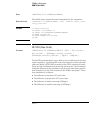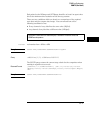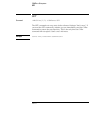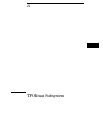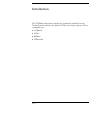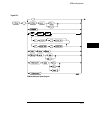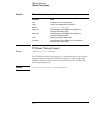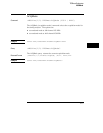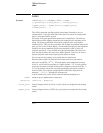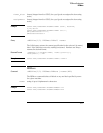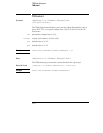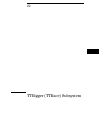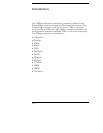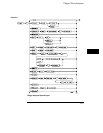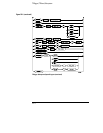
LABel
Command :MACHine{1|2}:TFORmat:LABel <name>
[,<polarity>,<clock_bits>, [<clock_bits>,]
<upper_bits>, <lower_bits>[,<upper_bits>,
<lower_bits>]...]
The LABel command specifies polarity and assigns channels to new or
existing labels. If the specified label name does not match an existing label
name, a new label will be created.
The order of the pod specification parameters is significant. The first one
listed will match the highest numbered pod assigned to the machine you’re
using. Each pod specification after that is assigned to the next highest
numbered pod. This way they match the left-to-right descending order of the
pods you see on the Format display. Not including enough pod specifications
results in the lowest numbered pods being assigned a value of zero (all
channels excluded). If you include more pod specifications than there are
pods for that machine, the extra ones will be ignored. However, an error is
reported anytime more than 22 pod specifications are listed.
You can specify the polarity at any point after the label name.
Because pods contain 16 channels, the format value for a pod must be
between 0 and 65535 (2
16
−1). When giving the pod assignment in binary
(base 2), each bit will correspond to a single channel. A "1" in a bit position
means the associated channel in that pod is assigned to that pod and bit. A
"0" in a bit position means the associated channel in that pod is excluded
from the label. For example, assigning #B1111001100 is equivalent to
entering "......****..**.." through the touchscreen.
A label cannot have a total of more than 32 channels assigned to it.
<name> string of up to 6 alphanumeric characters
<polarity> {POSitive | NEGative}
<clock_bits> format (integer from 0 to 63) for a clock (clocks are assigned in decreasing
order)
<upper_bits> format (integer from 0 to 65535) for a pod (pods are assigned in decreasing
order)
TFORmat Subsystem
LABel
21–6



